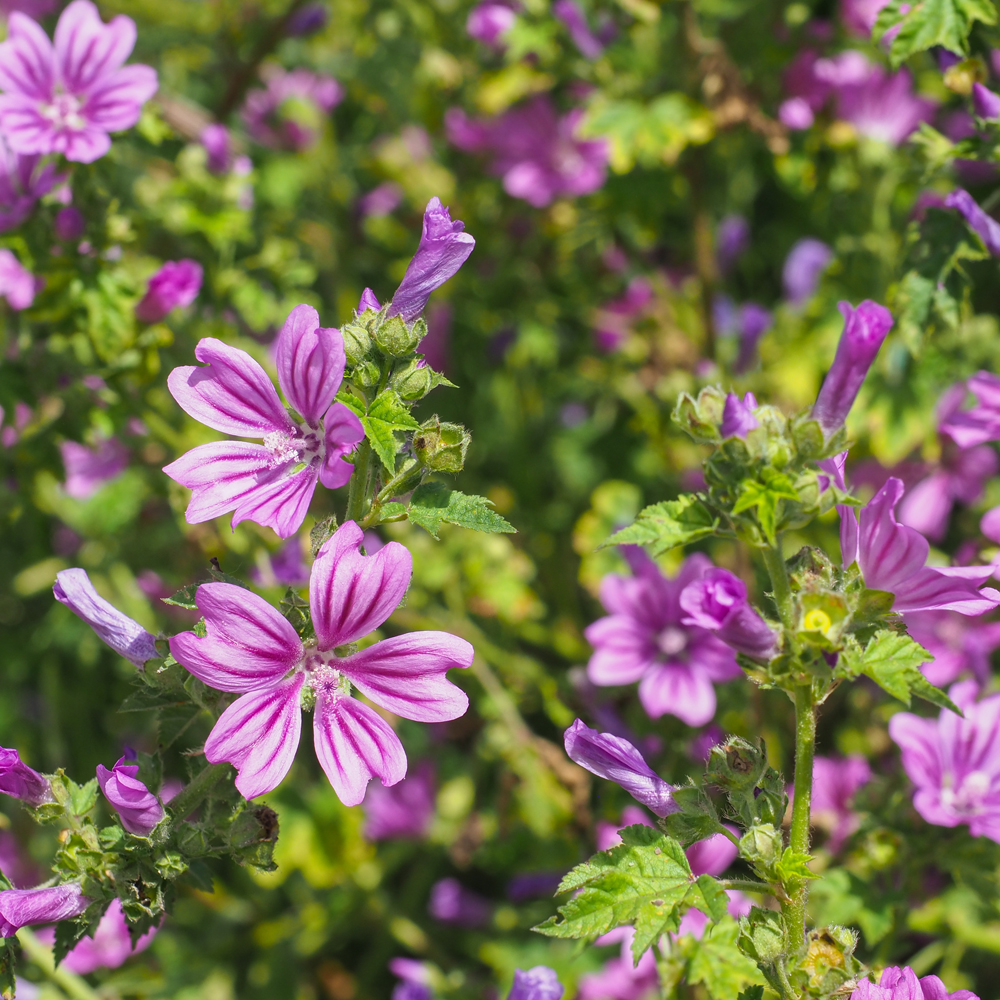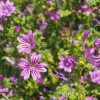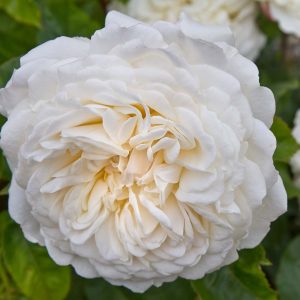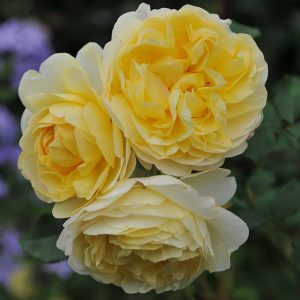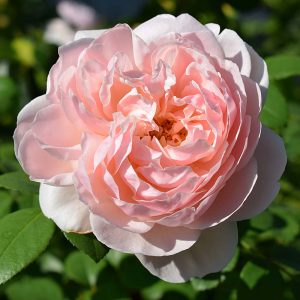Description
Malva sylvestris ‘Zebrina’ is a tall, herbaceous perennial that is native to Europe and Asia. It is known for its large, showy, dark purple flowers with dark purple veins and white edges that appear from late spring to early fall. The flowers are about 2 inches wide and have a distinctive “eye” in the center. The leaves are green, hairy, and lobed. The plant grows to about 1.5m tall and 0.75m wide. ‘Zebrina’ is hardy and it prefers full sun to partial shade and well-drained soil. It is a great choice for cottage gardens, borders, or meadows. It is also a popular choice for cutting gardens as the flowers are long-lasting in arrangements. It can be propagated by seed or by division in the spring. The plant self-seeds readily, so deadheading may be necessary to prevent unwanted seedlings.
Key Facts
- Common Name(s):Mallow ‘Zebrina’
- Hardiness:Fully hardy
- How big will I get? Malva sylvestris ‘Zebrina’ can grow to a height of 1.5m and a spread of 0.8m.
- Did You Know That:The plant is also used in cosmetics and perfumery, the musky scent of the flowers is used to make perfumes and soaps.
Plant Calendar
A rough guide to how this plant will change through the year.
| Jan | Feb | Mar | Apr | May | June | July | Aug | Sept | Oct | Nov | Dec | |
| Flowering Time |   
|   
|   
|   
| ||||||||
| Foliage Colour |  |
 |
 |
 |
 |
 |
 |
 |
 |
 |
 |
 |
| J | F | M | A | M | J | J | A | S | O | N | D |
  
|   
|   
|   
| ||||||||
 |
 |
 |
 |
 |
 |
 |
 |
 |
 |
 |
 |
Care Guide

Soil Requirements
Malva sylvestris ‘Zebrina’ is a versatile plant and can cope with wet or drier soils, but prefers there to be decent drainage. This plant can grow in soil with a wide range of pH levels, it is not picky about the pH level of the soil.

Best Position
Malva sylvestris ‘Zebrina’ prefers a sheltered position and can cope with either full sun or partial shade.

Maintenance
Malva sylvestris ‘Zebrina’ is fairly low maintenance and doesn’t require any pruning.

Pest, Diseases and Wildlife
Malva sylvestris ‘Zebrina’ can have problems with rust, and it tends not to have problems with diseases. It is also known to attract bees, butterflies and other pollinators. It is not considered to be toxic.
